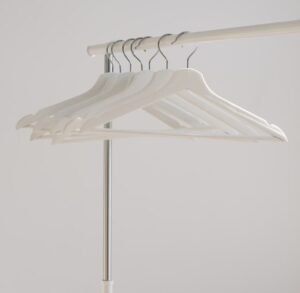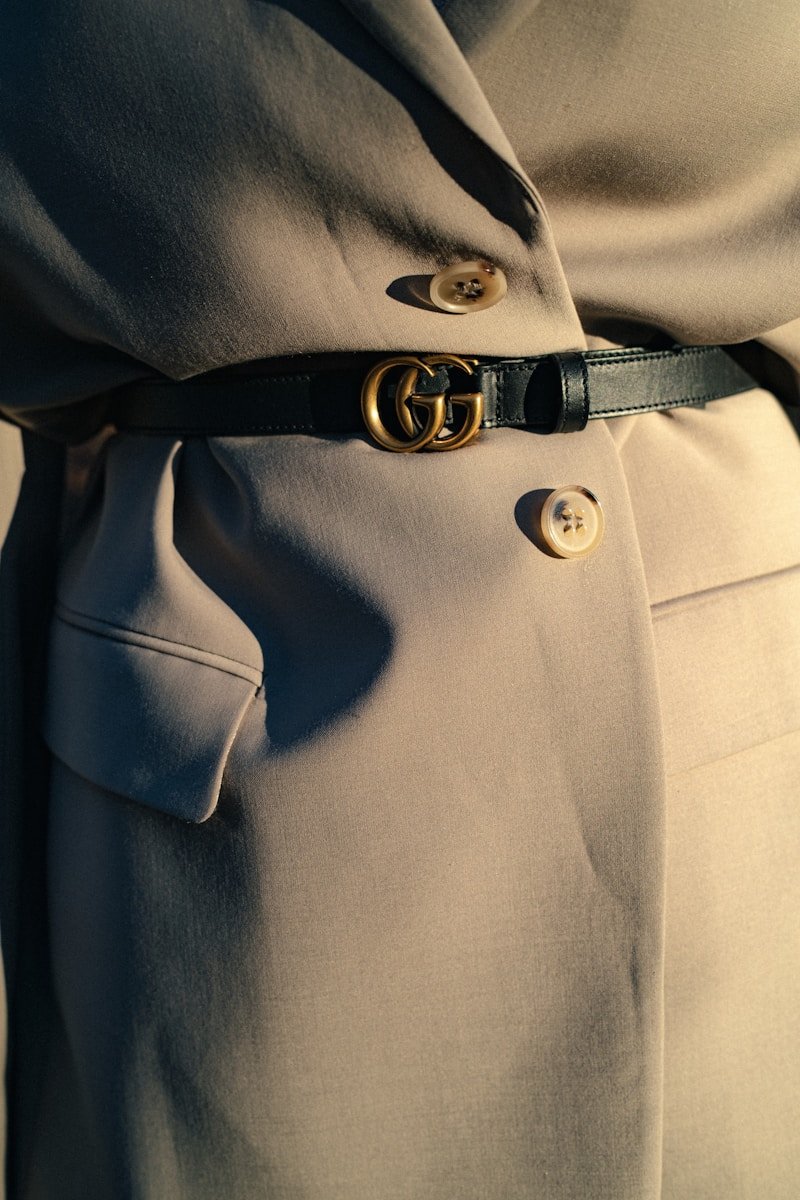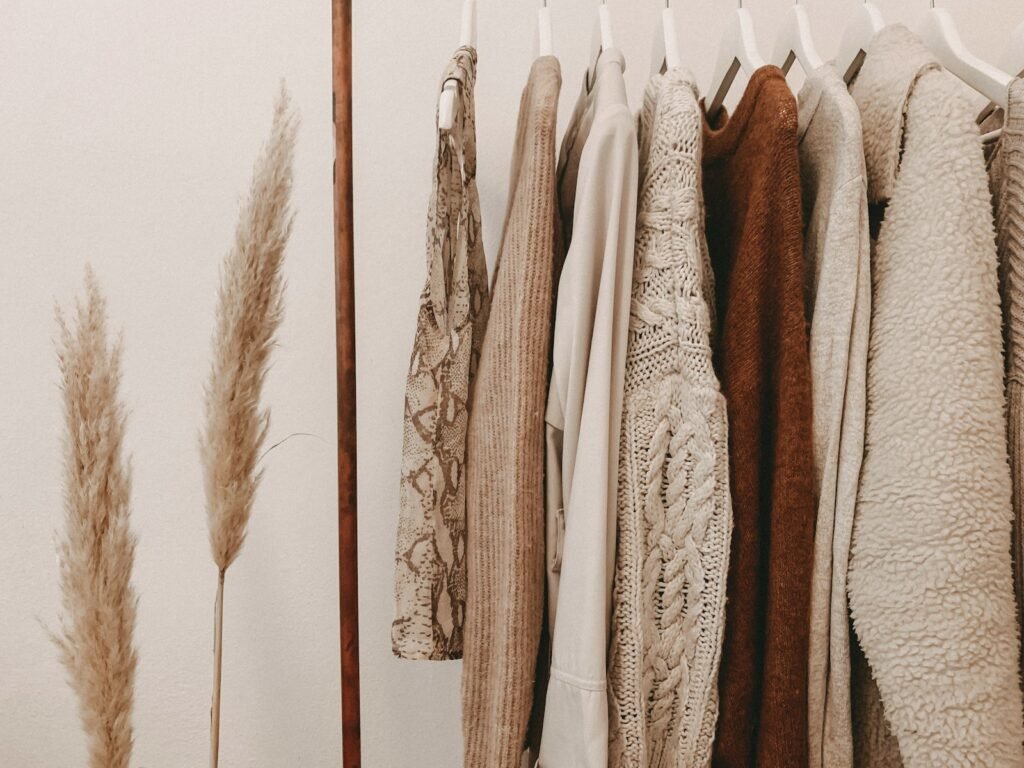The Impact of Dressing on Personality: How Clothing Shapes Identity
Dressing is more than a mere routine; it profoundly influences our personality and how others perceive us. The clothes we wear convey messages about our identity, values, and mood. In this article, we will explore dressing and personality, examining psychological effects, social perceptions, and cultural influences. Through various subheadings, we will dissect how clothing choices can shape our self-image and interactions with others.
Understanding the Connection Between Clothing and Identity
To begin, it’s essential to recognize the connection between clothing and identity. Our attire serves as a form of self-expression. When we dress in a certain way, we communicate our personality, preferences, and even aspirations. Research suggests that individuals often choose clothing that aligns with their self-image, reinforcing their identity.
The Psychological Effects of Clothing Choices
Transitioning to the psychological aspect, dressing can significantly impact mood and self-esteem. For instance, wearing well-fitted clothing can boost confidence. Conversely, ill-fitting or uncomfortable attire can lead to feelings of self-consciousness. Therefore, the psychological effects of clothing are profound.
Colors and Their Impact on Mood
Furthermore, the colors we choose play a crucial role in how we feel. Bright colors often evoke feelings of happiness and energy, while darker tones can convey seriousness or sadness. When individuals consciously choose colors that uplift them, they often experience a positive shift in mood and overall personality.
Clothing and Self-Perception
Additionally, our clothing influences our self-perception. When we dress in a way that makes us feel good, we project confidence. This confidence can translate into assertiveness and a more vibrant personality. On the other hand, dressing in a way that doesn’t resonate with our true selves may lead to feelings of discomfort and insecurity.
Social Perceptions and First Impressions
Now, let’s delve into how clothing impacts social perceptions. The first impression often stems from appearance, and clothing plays a pivotal role in this process. People frequently form judgments based on attire, which can affect personal and professional interactions.
Dressing for Success
For example, in a professional context, dressing appropriately can lead to greater success. Individuals who present themselves in a polished manner often receive more respect and credibility. This perception can lead to enhanced opportunities for career advancement. By dressing for success, individuals can cultivate a more ambitious and proactive personality.
Casual vs. Formal Attire
Moreover, the distinction between casual and formal attire can influence social dynamics. Casual clothing tends to promote a relaxed atmosphere, encouraging openness and creativity. In contrast, formal attire often fosters a sense of authority and professionalism. Understanding these nuances can help individuals navigate social situations more effectively.
Cultural Influences on Dressing and Personality
Transitioning to cultural aspects, dressing is often a reflection of societal norms and values. Different cultures have unique styles, and individuals may choose clothing that aligns with their cultural identity. This choice can significantly impact personality expression.
Traditional Attire and Identity
For instance, traditional attire often conveys a deep sense of pride and belonging. Wearing cultural clothing can enhance self-esteem and reinforce connections to heritage. In this context, individuals often feel more authentic and empowered, leading to a stronger sense of self.
Globalization and Fashion Trends
Conversely, globalization has introduced a blend of fashion trends that transcend cultural boundaries. While this diversity can encourage personal expression, it may also create tension between traditional values and modern styles. Individuals may grapple with choosing between cultural attire and contemporary fashion, impacting their personality development.
Dressing and Social Groups
Clothing choices often reflect group affiliations. From punk rockers to business professionals, different social groups adopt distinct styles. These clothing choices reinforce group identity and influence individual personality traits.
The Role of Fashion Subcultures
Fashion subcultures allow individuals to express their beliefs and values through clothing. For example, a person who identifies with the bohemian style may prioritize freedom and creativity, reflecting these values in their personality. Similarly, a business-oriented individual may embrace structured and polished attire, which can foster traits such as discipline and ambition.
Peer Influence on Dressing Choices
Furthermore, peer influence plays a crucial role in shaping clothing choices. Individuals often conform to group norms to fit in or stand out. This dynamic can significantly impact personality development, as people may alter their style to align with group expectations. Consequently, dressing becomes a powerful tool for social navigation.
Dressing and Gender Identity
Transitioning to the aspect of gender identity, clothing plays a significant role in how individuals express their gender. Traditional gender norms often dictate what is deemed appropriate for men and women. However, many people challenge these norms through their clothing choices.
Non-Binary and Gender Fluidity
In recent years, there has been a rise in non-binary and gender-fluid fashion. Individuals who embrace these identities often use clothing as a means of self-expression. This freedom to choose attire that aligns with one’s true self can lead to greater authenticity and confidence. As a result, these individuals often experience a more profound sense of self-acceptance.

The Power of Clothing in Gender Expression
Moreover, the power of clothing in gender expression cannot be overstated. When individuals dress in ways that resonate with their gender identity, they often feel more empowered. This empowerment can lead to a more assertive personality and enhanced self-esteem, enabling individuals to navigate social situations with confidence.
The Transformative Power of Dressing
Dressing not only reflects personality but can also transform it. When individuals experiment with different styles, they may discover aspects of their personality they had not previously acknowledged. This transformative process can lead to significant personal growth.
The Role of Fashion Experimentation
For instance, trying out a bold fashion choice can encourage individuals to step out of their comfort zones. This act of bravery can result in newfound confidence and assertiveness. Conversely, dressing in a more subdued manner can promote introspection and contemplation.
Dressing for Different Roles
Additionally, dressing for different roles—whether professional, casual, or formal—allows individuals to explore various facets of their personality. Each style may evoke different emotions and behaviors, enabling individuals to adapt to diverse social contexts. This adaptability can enhance social skills and foster a well-rounded personality.
Dressing and Emotional Expression
Dressing also serves as a medium for emotional expression. People often choose clothing that reflects their current mood or emotional state. This expression can be liberating and provide insight into one’s inner world.
Mood-Enhancing Clothing Choices
For example, individuals may opt for bright, playful clothing when they feel happy, while darker colors might be chosen during times of sadness. These choices enable individuals to communicate their feelings without words, allowing for authentic self-expression.
The Therapeutic Aspects of Dressing
Moreover, dressing can have therapeutic aspects. Many individuals find solace in selecting outfits that resonate with their emotional state. Engaging in this process can promote mindfulness and self-awareness, leading to greater emotional intelligence. As a result, individuals often develop a more nuanced understanding of their personality.
Conclusion: The Profound Impact of Dressing on Personality
In conclusion, the impact of dressing on personality is multifaceted and profound. From psychological effects to social perceptions, clothing choices shape how we view ourselves and how others perceive us. By understanding this connection, individuals can harness the power of dressing to enhance their self-expression and cultivate their personalities.
As we navigate the complexities of identity and social dynamics, dressing becomes a vital tool for personal growth. Whether through traditional attire, modern fashion, or gender expression, the choices we make in clothing reflect our innermost selves.
Ultimately, by embracing the transformative power of dressing, we open the door to self-discovery and authenticity. As we choose our outfits each day, we also choose how we present ourselves to the world, allowing our clothing to become a canvas for our evolving personalities.



